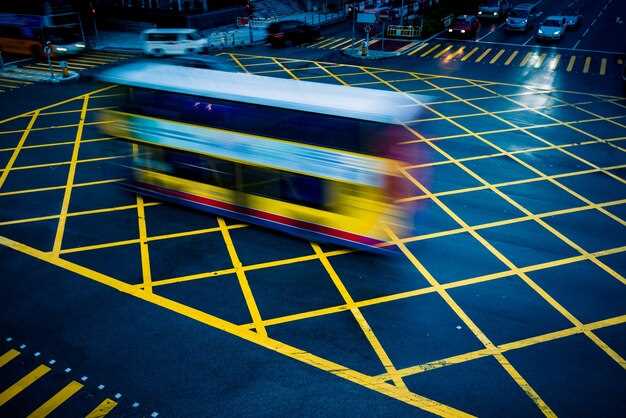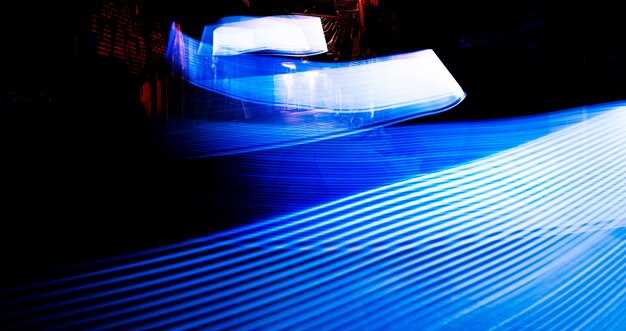
In today’s competitive transportation industry, ensuring the safety of fleet vehicles is paramount. One crucial factor that significantly impacts safety is the visibility provided by vehicle lights. Upgrading to LED lighting systems not only enhances visibility but also contributes to overall operational efficiency. As fleet operators seek innovations to improve performance, LED lighting stands out as a game-changing solution.
LED lights are renowned for their brightness and energy efficiency, making them an ideal choice for fleet vehicles. The superior illumination offered by LED lights ensures that drivers and pedestrians can see vehicles from a greater distance, particularly in low-light conditions. This increased visibility plays a vital role in accident prevention, ultimately safeguarding the lives of both drivers and other road users.
Moreover, the longevity of LED lighting significantly reduces maintenance costs. Traditional lighting systems often require frequent replacements, leading to increased downtime and expenses. In contrast, LED lights boast a longer lifespan, ensuring that fleet vehicles remain operational and safe for extended periods. By investing in LED technology, fleet operators can maximize safety while also enhancing the overall effectiveness of their vehicles.
Enhancing Visibility and Reducing Accidents with LED Lighting

Upgrading fleet vehicles with LED lights significantly enhances visibility for both drivers and pedestrians. The bright, white light emitted by LEDs offers improved illumination compared to traditional halogen bulbs, allowing for better sightlines in various weather conditions. This clarity reduces the likelihood of accidents, especially in low-light situations such as nighttime driving or inclement weather.
LED lights also have a faster response time when turning on, which can alert other road users more quickly. This responsiveness is crucial in preventing collisions, as other drivers have more time to react to the presence of a vehicle. Additionally, the widespread spectrum of light produced by LEDs increases the overall visibility range, ensuring that obstacles are detected early.
Furthermore, the color temperature of LED lights is closer to natural daylight, enhancing contrast and depth perception on the road. This quality helps drivers identify hazards more effectively, further minimizing the risk of accidents. The installation of LED lighting systems can also benefit public safety during emergencies, enabling emergency vehicles to stand out, thus improving response times and situational awareness for all road users.
In conclusion, integrating LED lighting in fleet vehicles not only boosts visibility but also plays a vital role in reducing accident rates. The distinct advantages offered by LED technology make it an essential upgrade for any fleet aiming to enhance safety on the road.
Cost Savings Through Energy Efficiency and Longevity of LED Lights
Investing in LED lights for fleet vehicles not only enhances safety but also contributes significantly to cost savings. One of the primary advantages of LED lighting is its energy efficiency. Compared to traditional incandescent or halogen lights, LEDs consume up to 80% less energy. This reduction translates into lower fuel costs, as vehicles can operate on less energy, resulting in reduced overall operational expenses.
Moreover, the longevity of LED lights is a critical factor in cost savings. LED lights have an operational lifespan that can exceed 25,000 hours, compared to standard bulbs that may last only 1,000 hours. This extended lifespan minimizes the frequency of replacements, leading to decreased maintenance costs and reduced downtime for fleet vehicles. Fleet operators can allocate resources more effectively, focusing on other essential areas instead of recurrent light replacements.
Additionally, the durability of LED lights enhances their cost-effectiveness. They are designed to withstand vibrations and harsh conditions common in fleet operations, which reduces the need for frequent repairs or replacements due to damage. As a result, using LED lights can provide a more sustainable solution that aligns with long-term financial goals.
In conclusion, upgrading fleet vehicles with LED lighting is a strategic investment that brings substantial cost savings. The energy efficiency, extended lifespan, and durability of these lights not only improve safety but also lead to significant reductions in both operational costs and maintenance efforts.
Compliance with Safety Regulations and Improved Driver Confidence

Upgrading fleet vehicles with LED lights significantly enhances compliance with safety regulations. Many jurisdictions mandate specific lighting standards to ensure visibility during both day and night. LED lights provide superior brightness and clarity compared to traditional halogen bulbs, making it easier for other drivers and pedestrians to see fleet vehicles, reducing the likelihood of accidents.
Furthermore, the longevity and durability of LED lights contribute to a fleet’s adherence to safety regulations. With a longer lifespan, LED installations require less frequent replacements, ensuring that vehicles are consistently equipped with compliant lighting. This reliability minimizes the risk of having vehicles on the road with faulty lights, which could lead to safety violations and fines.
In addition to regulatory compliance, equipping vehicles with LED lights enhances driver confidence. When drivers know their vehicles are equipped with advanced lighting solutions, they feel safer navigating through various conditions. Bright, clear lights improve visibility during adverse weather situations, such as rain or fog, enabling drivers to react promptly to unexpected hazards.
Finally, improved visibility not only supports the safety of the driver but also instills confidence in the safety of passengers and cargo. A well-lit vehicle reflects a commitment to safety, which can boost driver morale and foster a culture of safety within the organization. Overall, compliance and improved driver confidence are crucial benefits of upgrading fleet vehicles with LED lighting.



